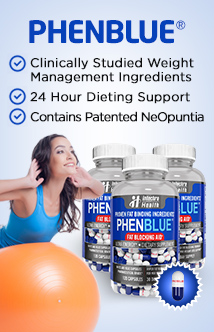Osteoporosis Diet
- Reviews
- Hits: 1025
The best way to deal with osteoporosis is to think in terms of prevention. Up to the age of 30, bones increase in density. After this time, efforts must be made to maintain bone mass, by regular exercise and the correct diet.
Osteoporosis Diet and Exercise
Healthy diet and exercise habits early in life may strengthen bones thus delaying the development of osteoporosis in later life. For example, studies show that exercising during teenage years increases bone mass and greatly reduces the risk of osteoporosis in adulthood. Even when osteoporosis has developed, healthy habits (including taking calcium supplements) can retard the process and reduce the risk of bone fractures.
Osteoporosis Balanced Diet is Essential
Although calcium is very important, other vitamins and minerals are needed to ensure calcium absorption. That's why a balanced diet helps to combat osteoporosis.
Osteoporosis Diet Foods
Fruit - In particular those high in Vitamin C, like blackberries, strawberries, raspberries, blackcurrants, citrus fruit, kiwi fruit, peaches, mango, cantaloupe melon, apples. Also dried fruit like figs, apricots, dates.
Vegetables - In particular dark green vegetables like spinach, kale, collard greens, broccoli, cabbage, Brussels sprouts, Chinese cabbage (pak choi), tomatoes, potatoes, onions, carrots, red bell peppers, sweet potatoes.
Dairy Foods - Low fat milk, yogurt and lower-fat cheese; or, calcium fortified soy milk & yogurt.
Oily Fish - Rich omega-3 essential fatty acids and high in Vitamin E, like salmon, mackerel, sardines, herring, tuna and trout.
Nuts and Seeds - Rich in omega-3 essential fatty acids and high in Vitamin E. Unsalted nuts, like walnuts, brazil nuts and almonds, and seeds like sunflower, linseeds and pumpkin seeds.
Pulses and Grains - Including soy beans, wheatgerm, lentils, chick peas (garbanzo beans), brown rice, whole wheat bread, buglar wheat, calcium-fortified breakfast cereals.
Vitamin D - Vitamin D is essential in order to absorb calcium for foods. The best source of Vitamin D is exposing the skin to sunlight. Other sources are fortified margarines and dairy products, fortified breakfast cereals and oily fish.














